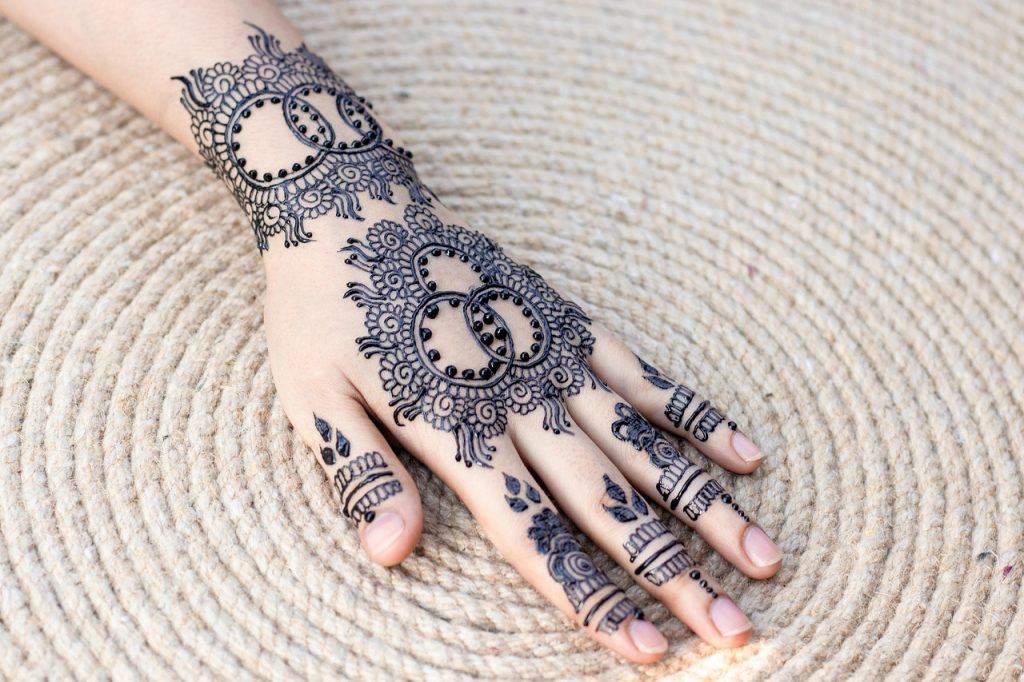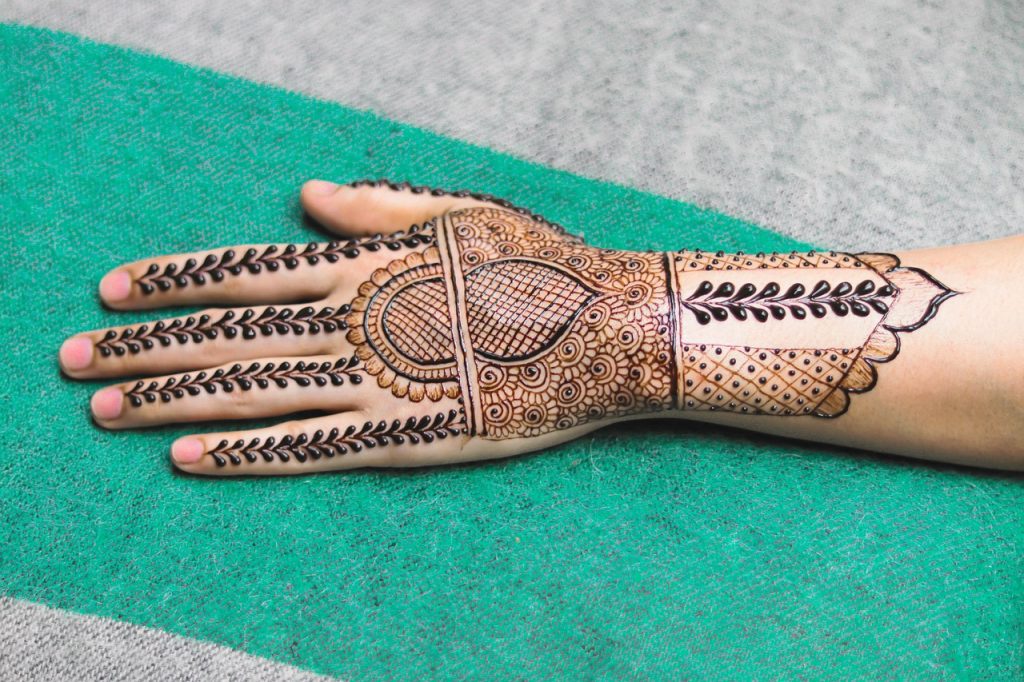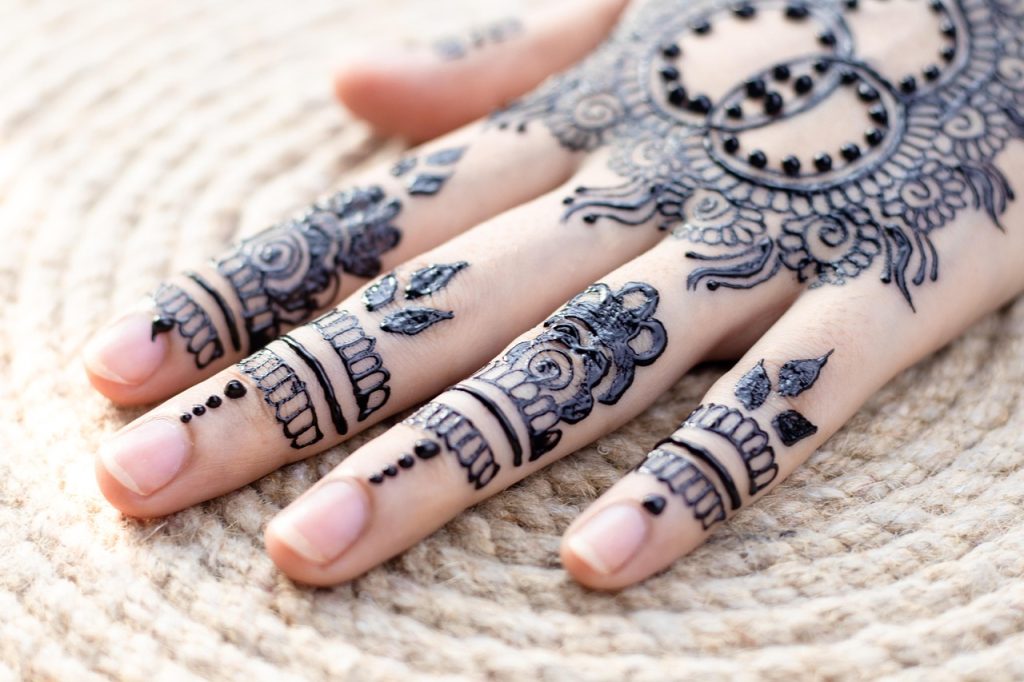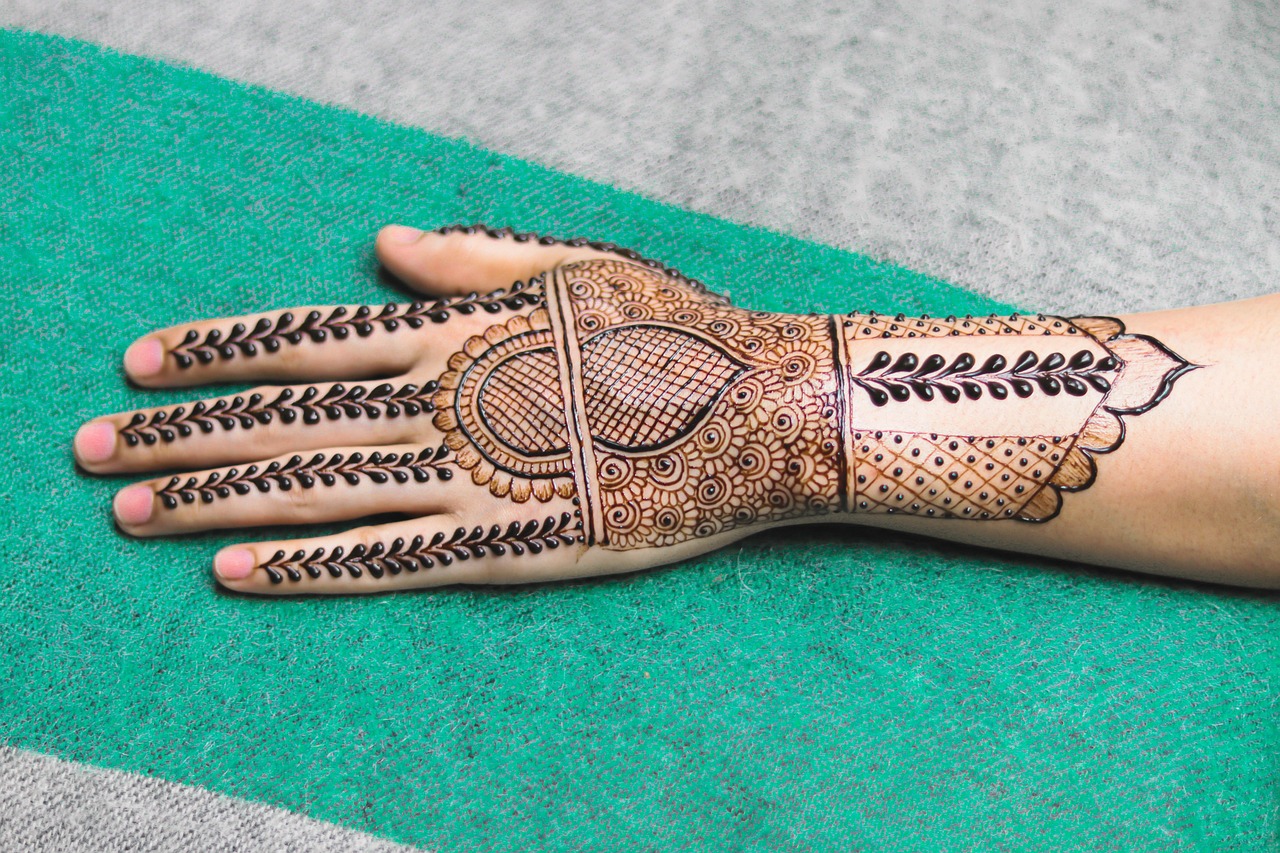Understanding Mehndi Full Hand Designs

Mehndi, also known as henna, is an ancient art form that has adorned the hands and feet of brides and celebrants for centuries. A full hand mehndi design involves intricate patterns that cover the entire hand, making it a stunning focal point during celebrations.
The beauty of mehndi lies in its versatility. From floral motifs to geometric patterns, a full hand design can range from simple to highly elaborate, each telling a unique story. These designs are frequently steeped in cultural significance, representing love, joy, and strength.
What are the popular themes in full hand mehndi designs?
Popular themes include traditional motifs like peacocks, mandalas, and paisleys. Additionally, modern designs incorporate elements like Arabic patterns, floral arrangements, and contemporary symbols, appealing to diverse tastes. Each of these themes has its own charm and significance, offering something for everyone.
Did You Know?
According to a study published by the International Journal of Art and Design, mehndi application can enhance the aesthetic appeal of the hands, contributing to overall cultural expression.
The Process of Applying Mehndi Full Hand Designs

Creating a full hand mehndi design is more than just application—it’s an experience. The process begins with selecting quality henna, followed by a careful application that requires skill and precision. First, the skin is prepared, often cleaned and dried to ensure better adherence of the henna.
Once the mehndi is applied in the desired patterns, it is left to dry. The longer the henna stays on the skin, the deeper the stain will be. After drying, the henna is gently removed, revealing beautiful, dark patterns that last for weeks.
How long does mehndi last on the skin?
Typically, mehndi designs can last anywhere from one to three weeks, depending on the paste quality and aftercare. Proper care, such as avoiding water and applying oils, can help prolong the life of the design.
Case Study
A case study from Mehndi Masters highlights that the persistence of mehndi designs can be influenced by skin type, climate, and aftercare, offering insights into how individuals can extend the beauty and lifespan of their henna art.
Caring for Your Mehndi Full Hand Design

After you’ve adorned your hands, taking care of your mehndi is crucial to maintain its beauty. To achieve this, avoid prolonged exposure to water, apply a natural oil, and refrain from scrubbing the design.
For those who want a darker stain, it is recommended to wrap the design in tissue paper or plastic wrap after it dries, allowing the dye to deepen. Additionally, avoiding soaps and lotions on the hands will keep the design intact longer.
What can you do to enhance the color of your mehndi?
To enhance the color, you can apply lemon juice or sugar water to the dried mehndi. This helps to darken the stain as it develops, leading to a richer, more vibrant appearance.
Expert Insight
According to renowned mehndi artist Anjali Singh, “The best results come from a combination of high-quality henna and proper aftercare.” This highlights the significance of both product choice and maintenance.
Conclusion

Mehndi full hand designs are not just a beautiful aesthetic choice but a meaningful cultural practice that has transcended generations. From understanding the themes to the careful application process and aftercare, there’s much to explore in the world of mehndi.
If you’re inspired to try out this majestic art form, consider booking a session with a professional artist or even experimenting at home. Don’t forget to share your experiences and photos!
